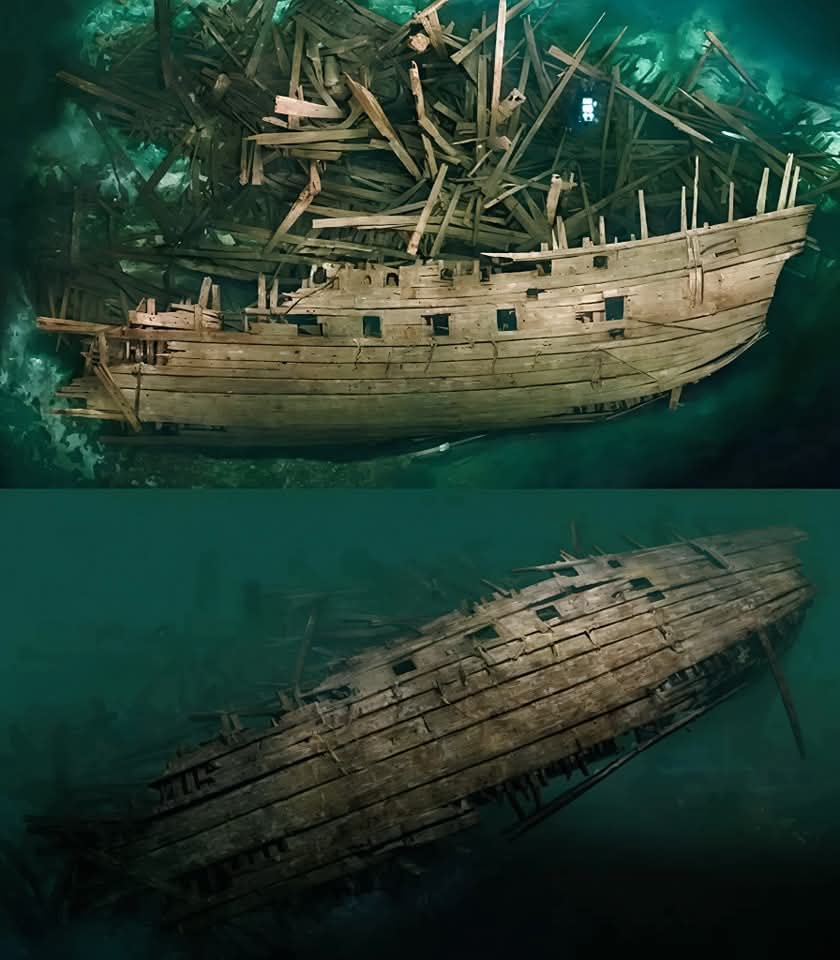The Mars, also known as Makalös—a Swedish word meaning “Peerless” or “Matchless”—was one of the largest and most formidable warships of its time. Commissioned by King Eric XIV of Sweden and constructed between 1561 and 1563, this behemoth of the Baltic was built during a pivotal moment in Scandinavian history, as Sweden sought to assert its dominance on the seas during the tumultuous Northern Seven Years’ War (1563–1570).At an estimated 48 meters (157 feet) in length and weighing up to 1,800 tons, Mars was a marvel of Renaissance naval engineering. She was equipped with an unprecedented 107 guns, making her one of the most heavily armed vessels afloat in the 16th century—predating even England’s famed Mary Rose and Portugal’s São João Baptista in terms of artillery power. Her size and armament made Mars not only a symbol of Swedish military ambition but also an early representation of the shifting nature of naval warfare, as ships began to rely more heavily on artillery rather than traditional boarding and hand-to-hand combat.On May 31, 1564, during the First Battle of Öland, Mars met her tragic end. In this naval engagement, the ship led the Swedish fleet against a coalition of Danish and Lübeck forces. Initially, Mars inflicted considerable damage on her opponents, demonstrating the power of her cannons. However, her sheer size and value also made her a prime target. After hours of fierce fighting, enemy forces managed to grapple the ship and began boarding.What followed was chaos. As Danish and Lübeck soldiers swarmed the deck, a fire broke out aboard Mars, likely sparked by combat or accidental ignition during the intense melee. The flames reached the powder magazines deep within the hull. The result was catastrophic: a massive explosion tore the ship apart, hurling debris across the sea and sending Mars to the bottom of the Baltic. The blast was so powerful that it was said to be heard from miles away.The human cost was staggering. Over 700 Swedish sailors perished in the explosion, alongside an estimated 300 enemy boarders who were still on the ship when it detonated. It was one of the deadliest naval disasters of the era and a devastating blow to the Swedish navy.For centuries, the final resting place of Mars remained a mystery, shrouded by legend and the dark depths of the Baltic Sea. That changed in 2011, when a team of Swedish marine archaeologists led by Richard Lundgren and Ocean Discovery located the wreck approximately 75 meters (246 feet) beneath the surface, off the coast of Öland. Remarkably well-preserved in the cold, low-oxygen waters of the Baltic, the ship provided a rare and invaluable time capsule into 16th-century maritime life and warfare.Since its discovery, the Mars wreck has yielded an array of archaeological treasures. Divers have recovered cannons, muskets, armor, personal items belonging to the crew, and even human remains. These findings have offered scholars new insights into ship construction techniques, battle damage, and the daily lives of sailors in the 1500s. Intricately carved wooden sculptures and preserved structural elements reveal the craftsmanship and scale involved in creating such a warship.The legacy of Mars lives on, not only as a tragic testament to the brutal realities of early modern naval warfare but also as a beacon for historical and archaeological research. The ship stands as a reminder of the ambitions and risks of a rising Swedish empire—and the high cost of war on the open sea.
